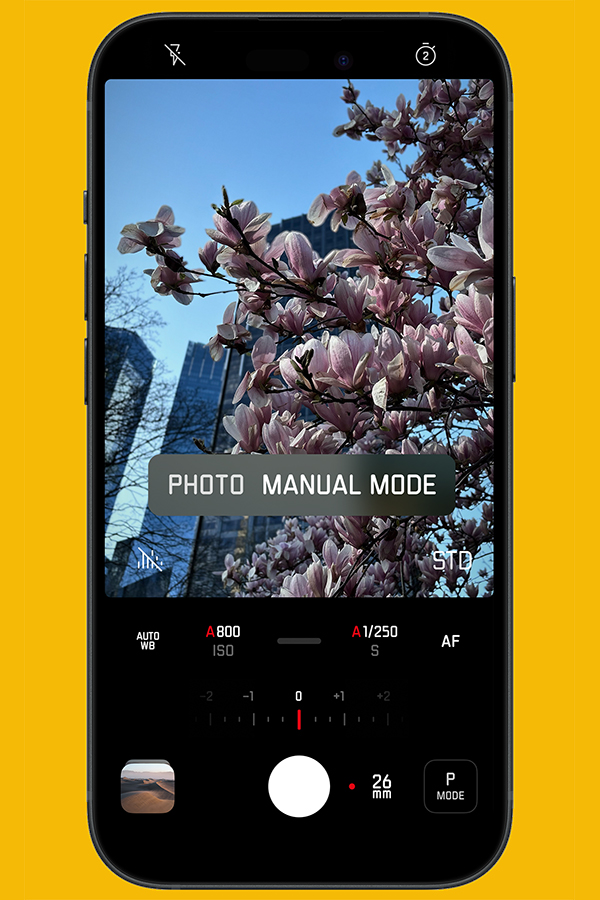Pro Tips: Natural-Light Family Photos with Simple Gear (VIDEO)
Most of us have the skills to capture beautiful photos of family members, be they our spouse, kids, grandkids, or other members of the clan. And because you’re a photographer it’s a good bet that your friends may ask you to do that for them too—even if portraiture isn’t your thing.
Before you throw up you hands and say, “but I don’t have any lighting equipment,” watch today’s tutorial that describes how to get the job done indoors with natural light. All you really need is a white wall near a large window, the camera you already own, a wide-angle lens if group shots are part of the plan, and the straightforward pro tips below.
Instructor Taylor Jackson is an accomplished Canadian wedding photographer who occasionally accepts stand-alone family sessions when his busy schedule permits—and he’s got the art down to a simple science. In barely four minutes he covers everything from exposure, posing, and composition, to the difference in techniques between making individual portraits and capturing family members in groups.

Jackson keeps thing simple in this behind-the-scenes episode, armed with the Sony A9II and a Sony 35mm f/1.4 GM lens. He explains why he prefers mirrorless cameras and fast lenses for these types of shoots. The overall strategy goes this: “I like to create an opportunity for candid photos while also getting the standard posed photos that will end up in frames and on fridges.”
You’ll see why it’s important to work fast to keep subjects engaged when dealing with inexperienced “models,” especially when it comes to little kids who may want to be doing something else. In fact, Jackson often begins a session with candid photographs of the kids unless they’re particularly shy. A few toys or props is usually all it takes to loosen them up and keep them involved.
Jackson also demonstrates his methods for positioning everyone in a group, and why technical matters like focusing and aperture settings are like to differ from those he employs for individual portraits. He usually takes the largest group first, and then moves on to smaller, less complicated pairings.

Another important task is capturing as many variations of each setup as possible, while experimenting with different poses and camera angles, so that there’s a large selection of photos from which to choose.
You can find more details on this topic and others by paying a visit to Jackson’s instructional YouTube channel. And when you do, be sure to subscribe so you’ll receive his free audiobook that’s packed with helpful tips.
We also suggest watching an earlier tutorial we featured from another accomplished expert who demonstrates how to shoot magical indoor portrait photographs illuminated by nothing more than candles and a couple mirrors.























